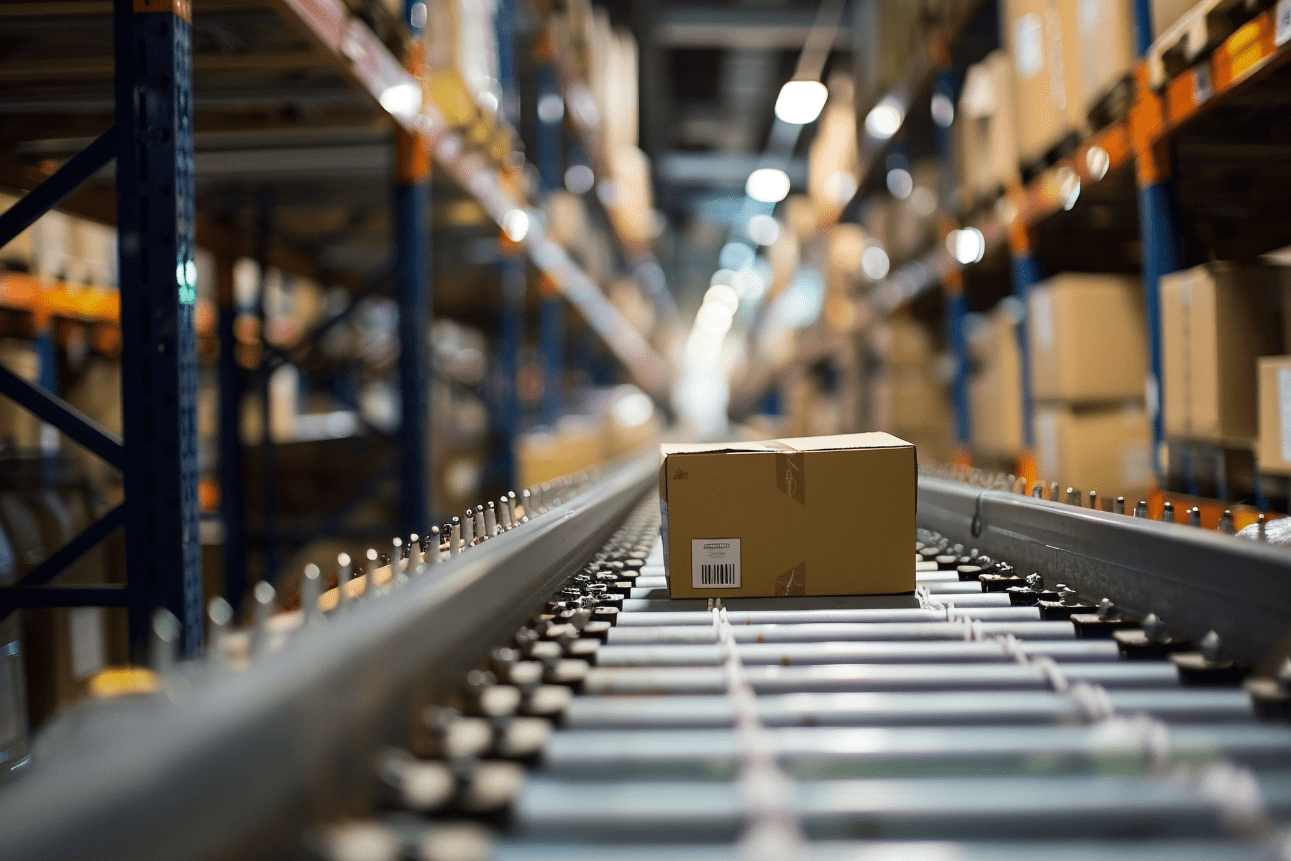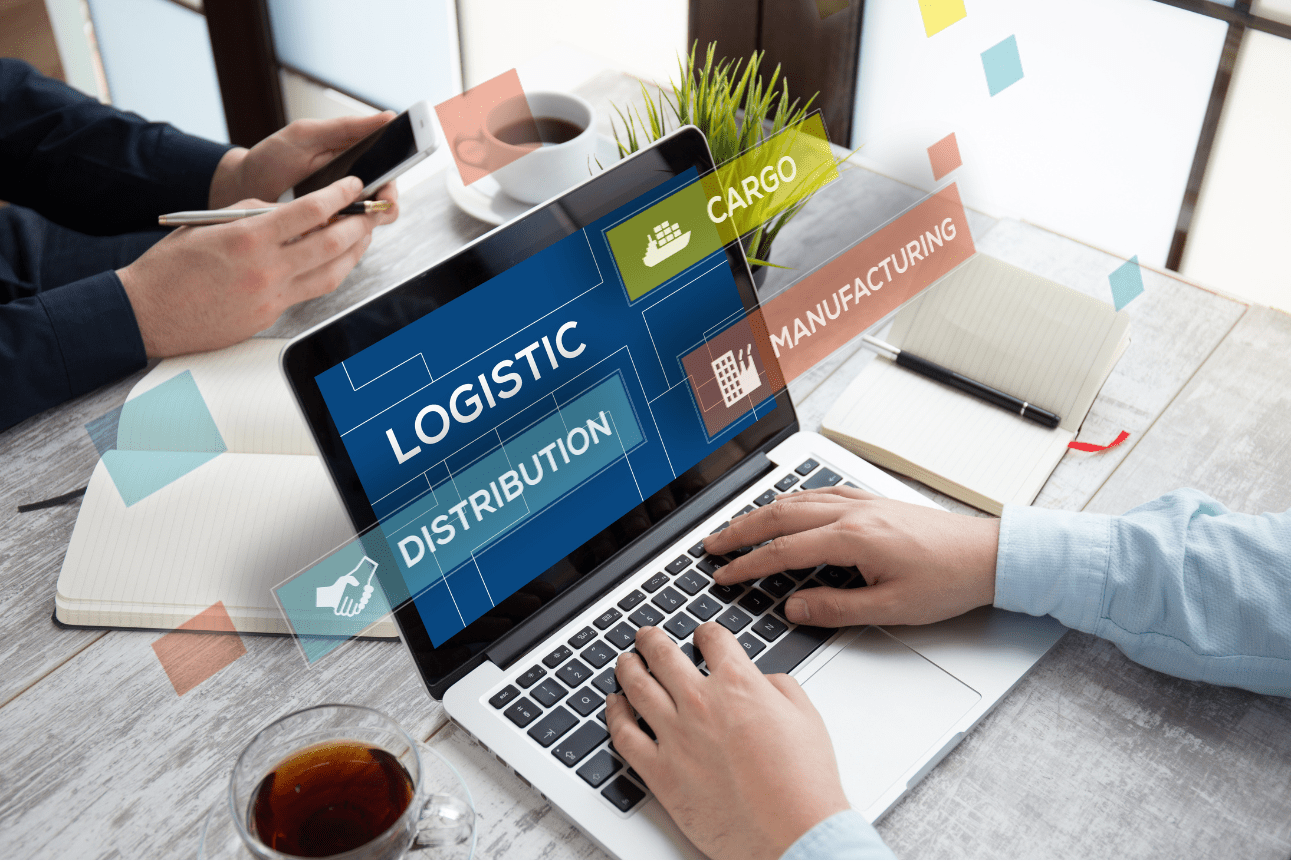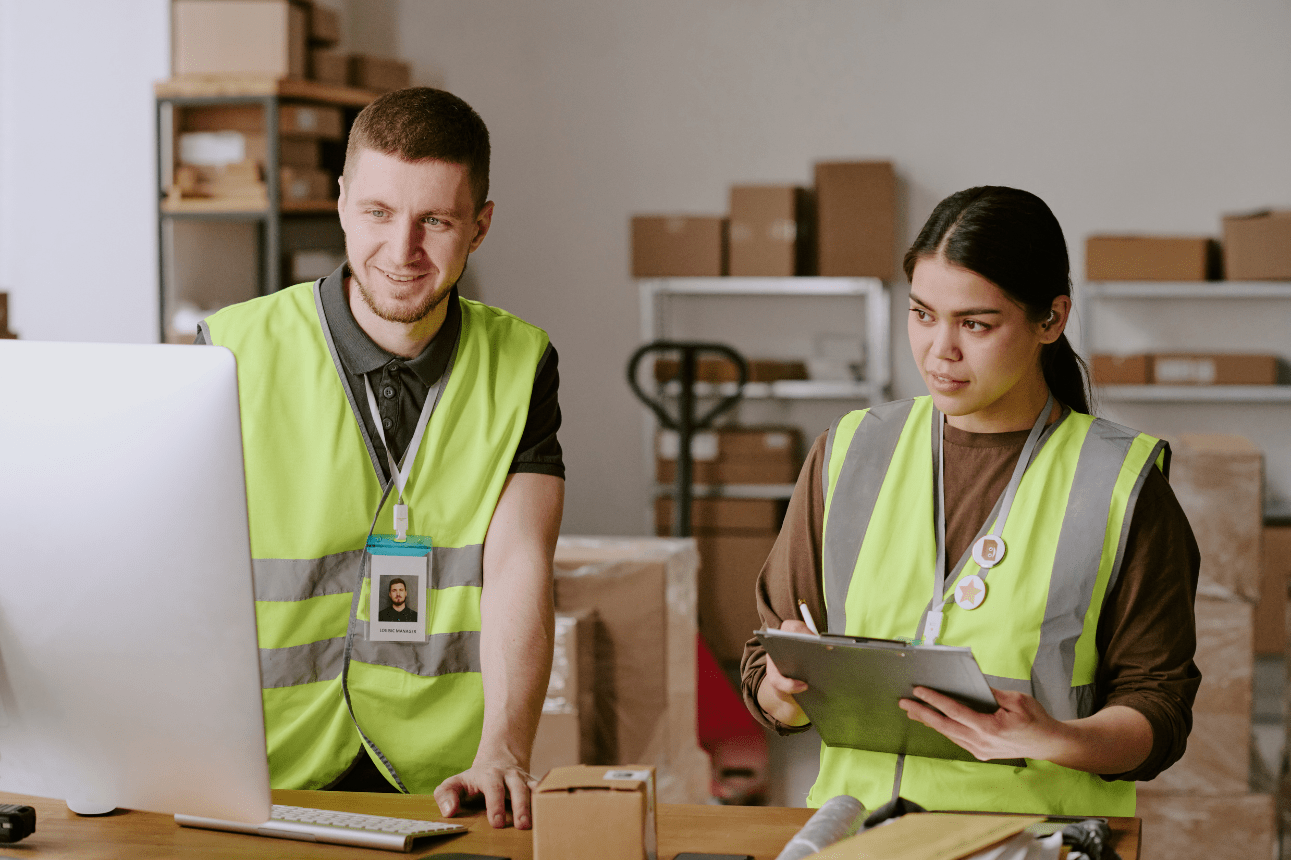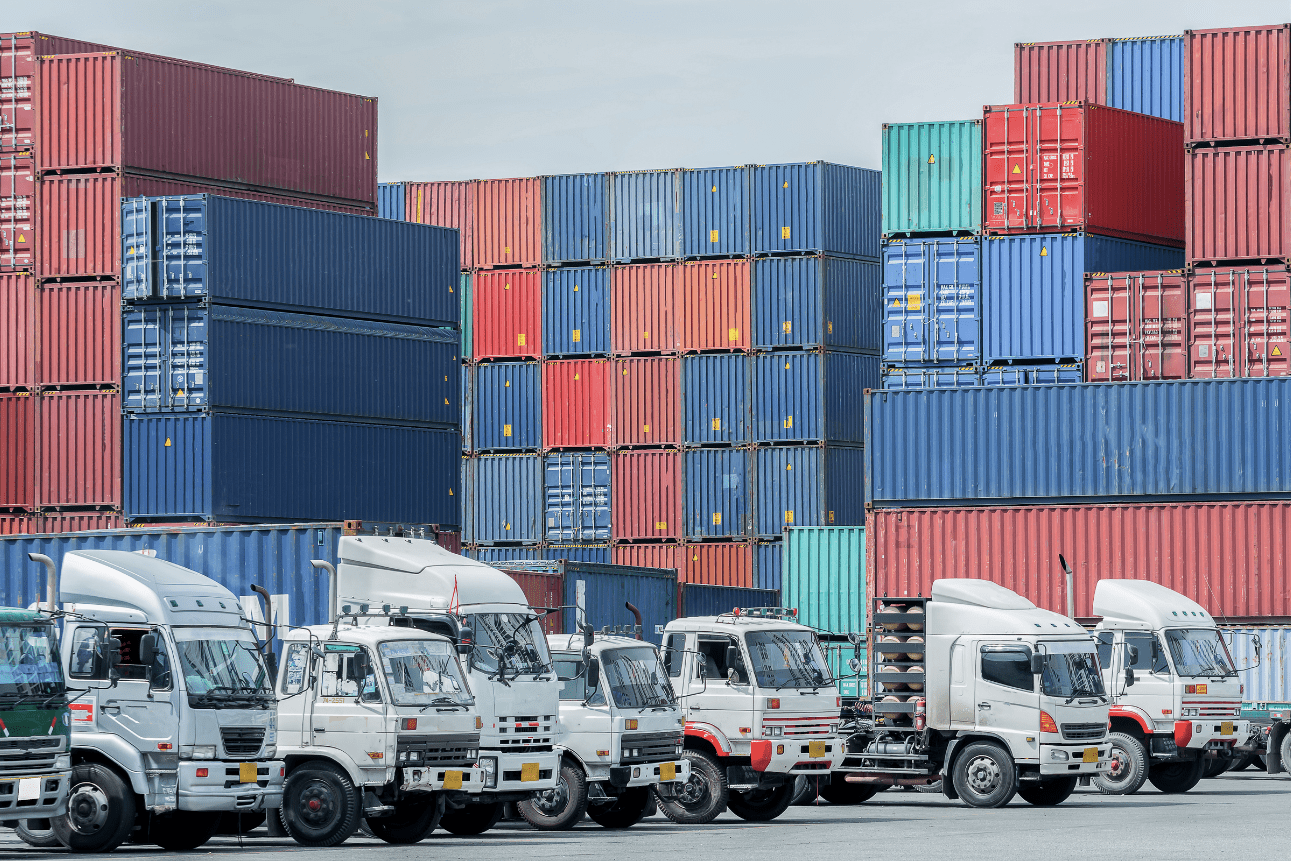IoT in Supply Chain: Smarter, Faster Logistics Delivery
In the fast-paced world of logistics, staying ahead of the curve is no longer a luxury—it’s a necessity. With rising consumer expectations and increasing competition, IoT in supply chain management has emerged as a powerful tool for streamlining operations. Combined with the strategic use of artificial intelligence (AI), logistics companies are now able to revolutionize their delivery processes. From warehouse management to last-mile execution, logistics partners using AI and IoT are unlocking unprecedented efficiencies.
The Role of IoT in Supply Chain Efficiency
The Internet of Things (IoT) refers to interconnected devices and systems that collect and share data. In supply chain management, this includes sensors, GPS trackers, RFID tags, and smart meters.
Real-Time Visibility and Tracking
IoT devices enable logistics firms to monitor shipments in real-time. This not only helps track the exact location of goods but also checks for conditions such as temperature, humidity, and shock—crucial for perishable or sensitive items.
Predictive Maintenance and Equipment Monitoring
With IoT sensors installed on vehicles and machinery, logistics providers can proactively monitor the health of their fleet. Predictive analytics allow them to service vehicles before they break down, reducing downtime and avoiding costly delays.
Warehouse Automation and Asset Management
Smart shelving, automated guided vehicles (AGVs), and IoT-enabled robots have transformed warehouse operations. These tools optimize storage, improve pick-and-pack accuracy, and reduce labor costs while increasing speed and throughput.
How Logistics Partners Are Using AI
Logistics partners using AI are leveraging machine learning and big data to enhance every aspect of the supply chain. AI supports everything from dynamic route planning to demand forecasting.
AI-Powered Route Optimization
AI algorithms analyze real-time traffic data, weather patterns, and historical delivery trends to suggest the most efficient routes. This ensures that drivers avoid congestion and delays, improving delivery speed and customer satisfaction.
Enhanced Demand Forecasting
Using historical sales data and market trends, AI helps logistics providers predict demand spikes. This enables better inventory management, minimizing both stockouts and overstocking.
Improved Customer Communication
Chatbots and AI-driven communication tools give customers timely updates about their deliveries. Whether it’s a delivery delay or a change in schedule, AI makes sure the customer is informed instantly, improving transparency and trust.
How Logistics Partners Use AI and IoT to Optimize Last-Mile Delivery
The last mile is often the most complex and expensive part of the delivery process. Here’s how logistics partners use AI and IoT to optimize last-mile delivery:
Dynamic Delivery Windows
Using real-time data from IoT devices and AI analysis, logistics firms can offer flexible delivery windows. This improves delivery success rates and reduces instances of failed attempts.
Geo-Fencing and Smart Drop-Offs
Geo-fencing technology alerts drivers when they enter or exit specific zones. This can trigger automatic delivery status updates, ensure precise deliveries, and even allow for contactless drop-offs.
Fleet Optimization
Combining AI with IoT tracking, companies can monitor fuel usage, driver behavior, and vehicle performance. This data helps optimize fleet allocation, reduce costs, and improve environmental sustainability.
The Competitive Edge of Tech-Driven Logistics
The integration of IoT in supply chain processes and the strategic application of AI gives logistics providers a major competitive advantage. It enables faster, safer, and more cost-effective deliveries—all while meeting rising consumer expectations.
Logistics companies that embrace these technologies are not only improving their operational efficiency but also setting new standards in customer satisfaction. As the demand for quicker, smarter, and greener deliveries continues to rise, those leading the charge with AI and IoT will undoubtedly shape the future of supply chain management.



